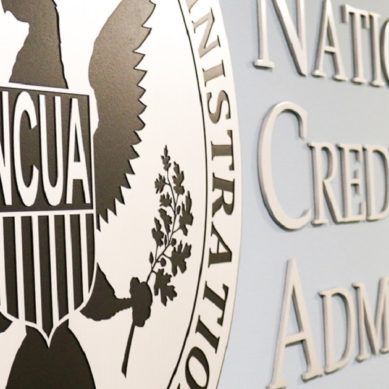Since the Consumer Financial Protection Bureau’s (CFPB) inception, it has been hailed as unconstitutional by several parties. Created by Elizabeth Warren under the Dodd-Frank Wall Street Reform Act, the CFPB was a result of the 2008 financial crisis to create a singular government entity through which to safeguard consumers’ interests.
However, its methods and structure have long since been criticized by financial institutions, politicians, and agencies alike.
Opposition first argued that the CFPB’s single director-led structure (as opposed to a committee or chairman)–one that could only be removed “for cause” by the President–was a breach of the separation of powers and allowed the organization to overstep its authority. Ultimately, this resulted in the termination of the “for cause” section of the Dodd-Frank Act by the Supreme Court.
Others fought specifically against the organization’s 2017 Payday Lending Rule, the main focus of which was to “prohibit unfair and abusive practices in the underwriting, payment, and collections of loans.” The controversial section of this bill required financial institutions to ensure borrowers had the means to pay back loans and prohibited financial institutions from continuing to debit a borrower’s account if the first two attempts were denied due to insufficient funds.
Finally, it was argued that because the CFPB was not subject to annual appropriations by Congress, it was in violation of the Appropriations Clause. In October 2022, the Fifth Circuit Court ruled in favor of the opposition, finding its structure unconstitutional. Furthermore, because the CFPB is funded by the Federal Reserve and lacked any formal government oversight, the Court claimed the Dodd-Frank Act had essentially provided the CFPB with an “off-the-books charge card.”
While the CFPB’s creation and implementation of the Payday Rule was deemed constitutional, it was still voided as a result of the agency’s unconstitutional structure.
At the time of the ruling, credit union groups responded with their approval. Jim Nussle, President/CEO of CUNA remarked, “The court’s decision today is consistent with CUNA’s longstanding position that CFPB funding go through the standard appropriations process. It’s been clear this is the most appropriate avenue since the very start of the CFPB, as it would provide additional Congressional oversight and incentivize the bureau to focus its attention on bad actors causing real harm to consumers.”
Others argued the ruling left consumers vulnerable and would result in confusion for regulators and regulated entities. “American families need a strong, stable, and independent CFPB to protect them in the vast financial marketplace,” said Christine Hines, legislative director at the National Association of Consumer Advocates. “The CFPB needs the U.S. Supreme Court to confirm the agency’s funding structure and safeguard the U.S. economy.”
However, on Monday, February 28th, the Supreme Court agreed to review the case, though it failed to note if it would consider it on an expedited basis, which was the request of both the White House and the CFPB, who cited uncertainty surrounding all agency actions since it was created in Dodd-Frank.
Despite the lack of a concrete timeline, the CFPB expressed its satisfaction that the case had been accepted, “At the end of the day we actually want there to be certainty about rules that were written ten years ago, safe harbors put into place,” said CFPB Director Rohit Chopra. “We don’t want a situation where financial institutions all over the country are getting sued because of a lack of clarity of actions.”
Others are not too satisfied with this announcement, as various credit union groups and politicians continue to debate the pressing issue. Some politicians argue that the unconstitutional ruling and failure to support the CFPB means the courts are prioritizing Wall Street over everyday Americans, while others argue the agency’s lack of oversight helps no one. Though in spite of the differences of opinion, everyone seems to agree that the matter should be resolved as quickly as possible, as the ongoing uncertainty creates confusion for everyone involved.
It is unclear when the Supreme Court will hear arguments for the case.

























































